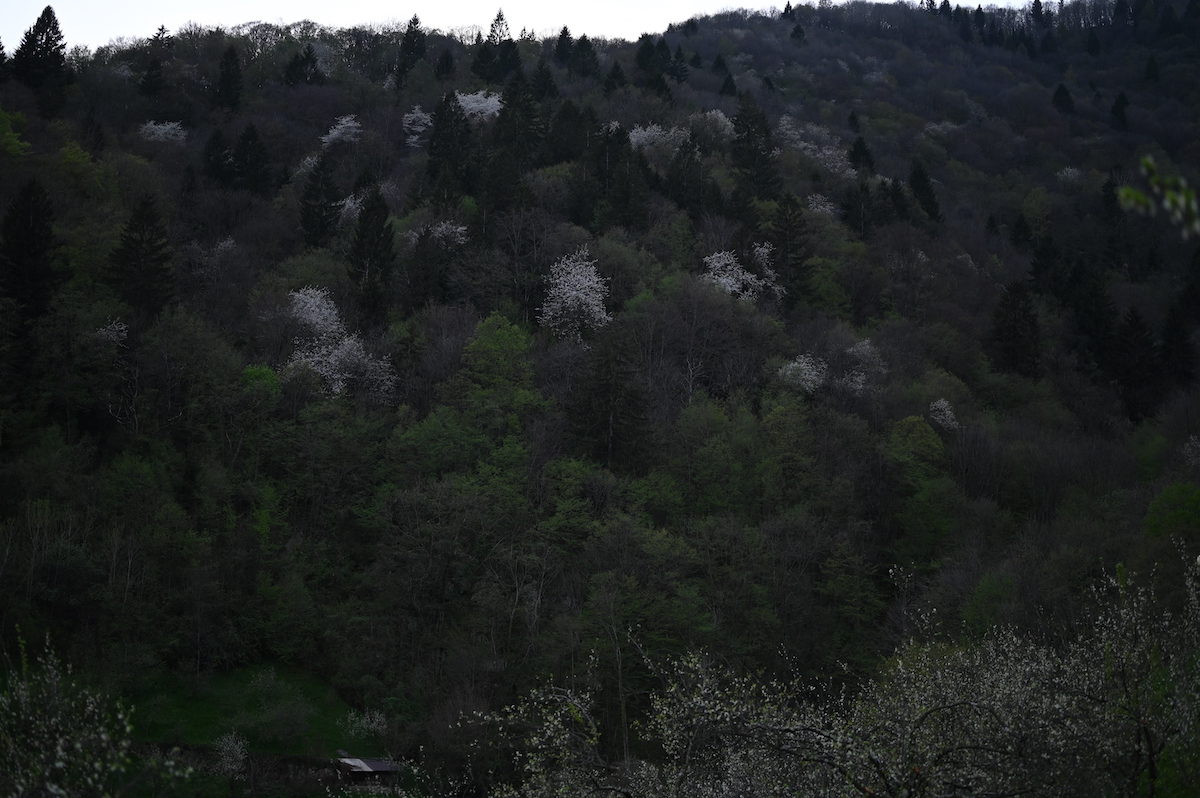
Plants: The Absolute Other
Plants represent absolute otherness, an otherness in which human animals do not recognize themselves and which throughout the history of thought did not satisfy even the basic conditions of vitality as defined by early Western metaphysics: a plant does not move, does not perceive or feel; it is not a living thing, rather, it is an unfinished thing, an ateles pragma—as Nicholas of Damascus called it—“something that is even less than a thing, something that awaits completion in its being productively destroyed, utilized for higher human ends of nourishment, energy generation, and sheltering.” (1) The plant was not included in the great project of Western metaphysics precisely because of the impossibility of placing it in an unchanging, incorruptible, eternal substance. In an interview, the philosopher of vegetal life Michael Marder even asserts that the project of metaphysical philosophy is formulated against vegetal being, against a being that is not at all distinguishable from becoming: that which is mutable, constantly generating itself, regenerating, decaying, and so forth.” (2) Its constant changing and, ultimately, the impossibility of being categorised perplexed thinkers throughout history of thought. Even Martin Heidegger, one of the most influential philosophers of the twentieth century, did not know what to do with a plant, how to think it. “Of all the beings that are, presumably the most difficult to think about are living creatures, because on the one hand they are in a certain way most closely akin to us, and on the other are at the same time separated from our ek-sistent essence by an abyss.” (3) Nevertheless, in his The Fundamental Concepts of Metaphysics (1983) he famously proclaimed, that humans are world-forming, animal are poor in world and stones are worldless. But what about plants? Should he place them closer to a stone or an animal? “Do plants sleep?” he asked: “We do not say that the stone is asleep or awake. Yet what about the plant? Here already we are uncertain. It is highly question able whether the plant sleeps, precisely because it is questionable whether it is awake. We know that the animal sleeps. Yet the question remains as to whether its sleep is the same as that of man, and indeed the question as to what sleep in general is. This problem is intimately bound up with the question concerning the structure of being pertaining to these various kinds of beings: stone, plant, animal, man.”
“Do they die?” No, they perish. “Do they live?” No. But they do give life; they are life, the essence of appearing, becoming, rising up, bringing forth, producing, generating, begetting, giving birth, growing, arising, springing up— all packed up in the Ancient Greek word phúō which makes up the word for plant, phutón.
Could it be, that Heidegger, the philosopher famous for reminding us of our forgetfulness of Being, himself forgot about plants, the true condition of possibility for all life, beings, and Being? Plants are life and the metaphysics of vegetal life can teach us a valuable lesson: everything that lives strives to live some more and to propagate itself, to propagate life.
Fernando Pessoa wrote about this vegetal metaphysics in his poem The Keeper of Sheep V:
Metaphysics? What metaphysics do those trees have?
Of being green and bushy and having branches
and of giving fruit in their own time, which doesn’t make us think,
to us, who don’t know how to pay attention to them.
But what better metaphysics than theirs,
which is not knowing what they live for
not even knowing they don’t know?
